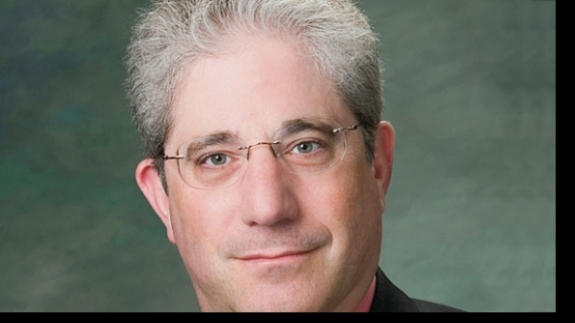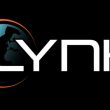Waste not, want not
The Federal Communication Commission recently sent narrowbanding reminder letters to 32,000 public-safety licensees that still have a wideband-emission designator on their UHF or VHF license. The fact that those 32,000 letters were sent only to public-safety licensees, and only to those that do not yet have a narrowband-emission designator, provides some insight into the huge number of licensees in the two bands.
Because of these letters, numerous licensees have been contacting their frequency coordinators or the FCC to ask how to cancel licenses that they no longer use. This would help clean up the database and show where there's spectrum availability.
A significant number of the letters has been returned to the FCC because the address on the license was erroneous. One could guess that a substantial number of letters did not reach their intended recipients because they had retired or left for other employment; those letters probably were tossed in the circular file.
Other typical license problems include:
The license shows interconnection with the PSTN, even though the system is not interconnected. For some private licensees, this means that the licensee is classified as a common carrier and has to comply with certain FCC rules regarding issues such as Customer Proprietary Network Information. Recently, the FCC fined numerous licensees for failing to make the necessary CPNI filings, even though the licensee should not have needed to do so. However, the telltale "C" classification on their license triggered the requirement.
The transmitter site is wrong. In fact, there are numerous licensees with coordinates in the Pacific Ocean. This often results in short-spacing of two systems.
The frequency is wrong. Before the advent of the Universal Licensing System (ULS), a frequency sometimes was typed onto a license incorrectly. Thus, instead of being licensed for 851.1125 MHz (for example), the licensee would up with an authorization for 851.1120 MHz (a non-existent channel center). The error was not recognized until a problem arose.
Over the past year, I have been traveling across the country giving all-day narrowbanding seminars for the National Transit Institute. I encourage attendees to bring their FCC licenses with them, and at the beginning of the session, I bet that I can find an error on one of the first two licenses I see. I haven't lost the bet yet.
Sometime, these errors are minor and fairly unimportant. However, in a large percentage of the cases, the errors are significant and could result in a license not being renewed or in an authorization that might cause or receive interference.
It's simple to review your licenses' information in the ULS database. Fixing errors in contact information is easy, for those who know their passwords. Once upon a time, the FCC routinely granted waivers to licensees and agreed to reinstate expired authorizations. However, the commission's records now are rife with examples of licensees — including public-safety entities — with expired authorizations that the commission refused to reinstate. If another entity has become licensed on those frequencies, the original licensee may have to take their system off the air (to say nothing of the potential fine for unlicensed authorization).
Some licensees rely on third-party licensing organizations to maintain their authorizations. If you choose to do so, make sure that the entity is insured. It may not cover the cost of replacing the system, but it's a start.
An FCC license is a terrible thing to waste. Check your authorizations today.
What do you think? Tell us in the comment box below.
Alan Tilles is counsel to numerous entities in the private radio and Internet industries. He is a partner in the law firm of Shulman Rogers Gandal Pordy & Ecker and can be reached at [email protected].
















